As with most things, the Europeans like to start their races late. This gives them plenty of time to dress for the occasion and have a few wines before a leisurely stroll to the starting line. I arrived in Cortina d’Ampezzo on the day of the race having spent the last three days wandering the streets and canals of Venice. I didn’t put much thought into the effects that the altitude might have on my ability to run. The town of Cortina sits at the bottom of a valley at an altitude of 1300m surrounded by the most stunning mountains imaginable with sharp peaks rising to over 3000m. This is where the race started and finished, and only went up from there. Registration was casual. The compulsory gear was spartan. There was no race briefing, but there was of course lots of wine, cheese and a pasta party. All the bars in town were putting on a combined party, with each one taking on the theme of a different country, though there was no New Zealand Town. I really love the Italian’s dedication to good food and wine (even when it seems completely inappropriate) and their nice but highly inconvenient siestas. My siesta that afternoon was a failure thanks to the pre-race angst and the unbearable heat.
Starting time was 11pm. I thought I would arrive within a reasonable time of 10:30pm, but it’s seems I was the last to arrive. The race began with some strangely dramatic music that seemed to have been chosen to invoke a feeling of being a gladiator facing the prospect of death by being eaten alive by a lion. This is pretty much how I felt. I thought of our recent visit to the colosseum and how absurdly difficult it must have been to find and capture, in mountains like these, the thousands of lions that were killed there. We weren’t fighting lions, and hopefully we wouldn’t find any. We were just doing it for fun, which sometimes seems just as absurd. Race ranking – 1499th.
All 1500 starters headed off together in the darkness, first through town past all the cheering fans with cowbells, and soon climbing onto mountain tracks that got progressively narrower. This led to some frustrating traffic jams with people clambering over each other in a desperate attempt to get ahead of the crowds. This was made all the more perilous by the fact that nobody said a word to each other, I think a result of the fact that nearly every European has their own language. There were none of the usual polite phrases to indicate a desire to overtake. People just took whatever opportunity they could to, awkwardly and sometimes dangerously pass each other in any way possible. After my poor judgement at the start line and a painfully slow beginning, I was keen to claim back my rightful place in the field, wherever that might be. I found myself making equally risky and awkward overtaking manoeuvres whenever there was a slightly wider section of the trail. This all reached its peak at the first aid station, where there were so many people trying to get food at once the only way to get anything was to push your way through. Being a kiwi, this is something that I struggled with but for the Europeans its just the way you get by. Race ranking – 826th.
As the trail continued up and over mountain passes, through forests and past postcard perfect lakes the crowds thinned and people settled into their positions within the field. By sunrise I was at the start of the biggest climb of the race. At the top was the alpine hut Rifugio Auronzo at the base of Tre Cime di Lavaredo. These alpine huts are luxurious in comparison to our alpine huts, complete with showers, restaurants and of course, bars. Some runners stopped for a casual beer or a spritz. I opted for the hot soup on offer at the aid station set up outside. This was a huge relief as I had been struggling to eat the cliff bars I had taken with me (cliff bars are delicious on an average day, but during a race I’ve discovered they taste pretty much like dirt). Race ranking – 644th.
Heading around the Lavaredo peaks was the most beautiful section of the race. These stunning peaks rise to just shy of 3000m. I felt great. I was on track for completing under my target time of 20 hours. Everyone was excited, stopping to take selfies and posting them on Facebook etc, or calling their family to tell them what a great time they were having (although I don’t actually know this because no one was speaking English). Unlike the miles of galleries full of renaissance artworks and medieval artefacts we’d been walking up and down for the three weeks prior, mountains are always so much bigger, beautiful and more dramatic when seen in real life compared to photos. The Dolomites lived up to the hype that has been written about the region since the beginning of western civilisation, and more, and from here the views were vast in every direction. Here the trails were built to carry supplies for the war (the town of Cortina was bombed to bits), but I just can’t imagine anyone being able to even think about fighting a war in such a place. The trail descended into a steep gorge that looked exactly how I imagine Yosemite to look. But the steep, technical and seemingly endless descent also lowered the mood. This is when I started to think that an 11pm start was perhaps not as good as it first seemed. I felt dizzy and ran with an uncoordinated shuffle. People were laying about all over the place on the side of the track with their legs in the air and hands across their faces. It was a long way to the next aid station at Cimabanche, through sparse forest and in full baking sunlight. I passed a lot of people on this section who had slowed to a crawl but still felt terrible as I just couldn’t stomach any of my food. I had no idea what would be served at Cimabanche, but couldn’t wait to find out.
Cimabanche is where our drop bags were being held. I had felt a little anxious about the drop bags ever since throwing it in the back of the truck a few hours before the race started. The drop bags were a standard bag that everyone was given. The difference was that while everyone had packed them full with who knows what, all I had in mine were a few gels and my sunglasses. I had been wondering ever since what on earth people could be putting in there that I was missing out on. Was this going to put me at some kind of disadvantage? The aid station had changing rooms, and people were going in covered in sweat, salt and and dirt. They were coming out with crisp new shirts creases down the middle of their shorts and their hair parted on the side like a transformation on Stars in Their Eyes. Maybe looking sharp gives people some kind of psychological boost that us kiwi’s don’t really understand or are yet to discover. Satisfied that I was not missing out, I rubbed my sunscreen on (something I never saw anyone else do in our entire month in Italy by the way) and headed on my way. Race ranking – 710th.
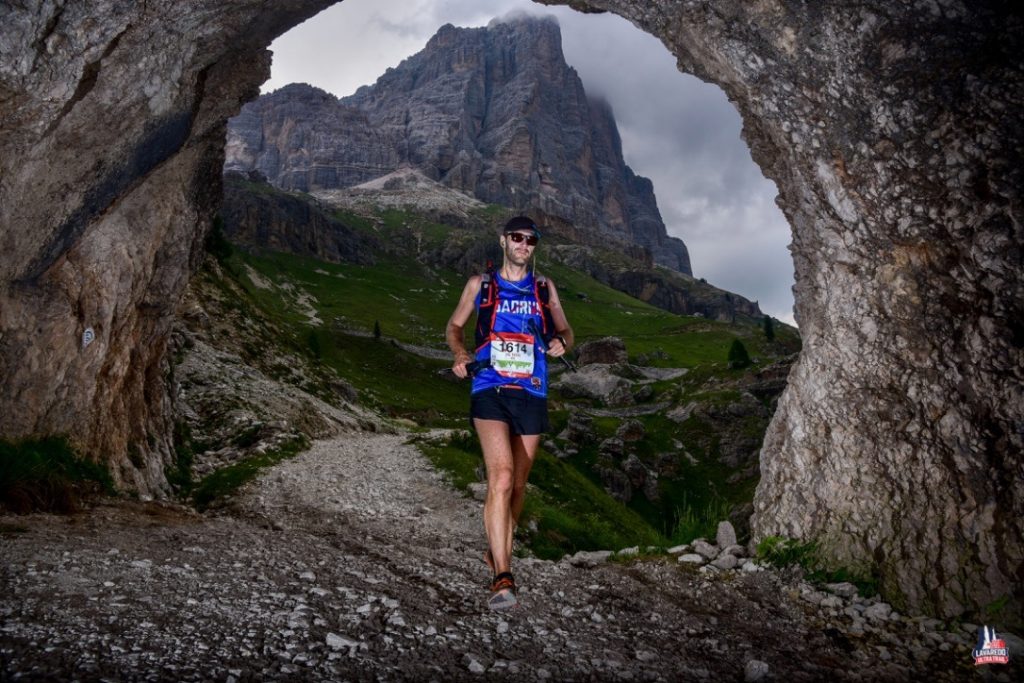
The next 30km was the most gruelling section of the course. Two steep and painfully slow climbs to an altitude of around 2400m through some very rough terrain. I was surprised though at the type of people on these tracks that appeared to be out for a casual family stroll. These people carried nothing but small day packs, clothes one would normally feel comfortable going to town in and in the kind of mountainous terrain that would normally take days to reach in NZ. I wondered if this is why tourists so often venture into the Southern Alps so woefully unprepared and seem to only get by on luck, and sometimes not at all. But it got me thinking about how the remoteness of NZ makes every trip in the Southern Alps like planning an expedition. The Northern Alps on the other hand have roads, gondolas and tracks to get you pretty much anywhere with relative ease. So for the Europeans, day trips into this kind of mountain terrain are possible for almost anyone who is willing, not just for “experienced and well equiped parties”. This is something I came to love about the Alps over the following week.
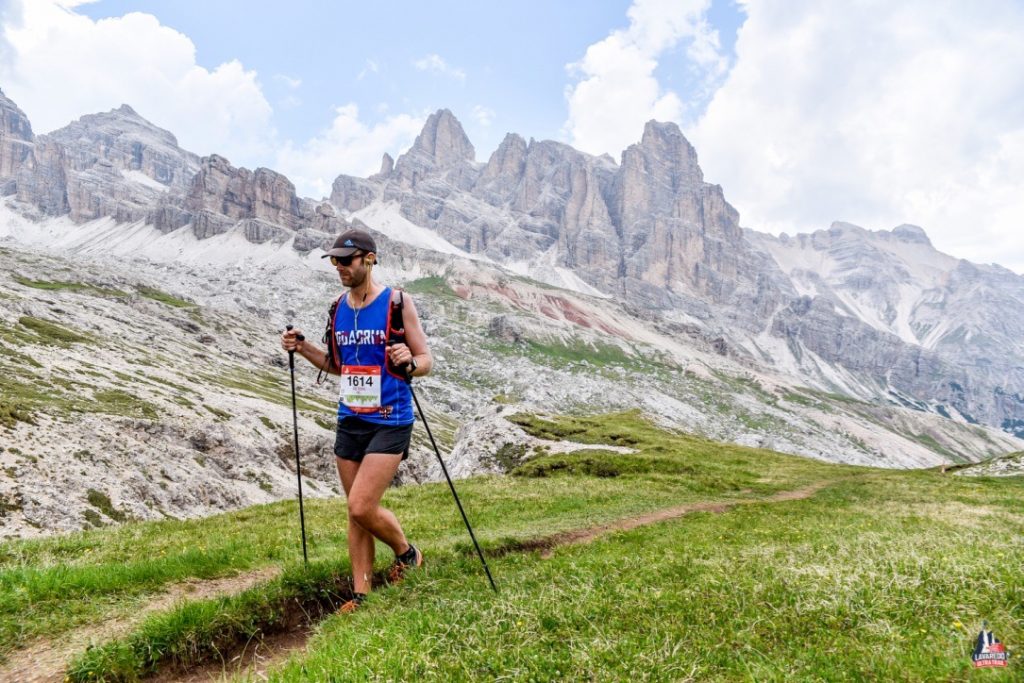
Reaching the top of the second pass was a big relief followed by a deep feeling of disappointment. After this huge climb that took the best part of five hours I was now looking across a steep valley that I knew I had to drop into then climb back out the other side. I could see (what seemed at the time) the monumental task still ahead of me. I was mentally wrecked and as I headed down to the bottom of the valley where the next aid station was while thunderstorms began rolling in I thought hard about my reasons for being there, what I was trying to achieve and whether it was all worth it. I desperately wanted it to end as the thought of carrying on for another 25km, which at my current rate would take me another five hours, was just too much to think about. When I arrived at the aid station many of the people I had been running with for the last few hours were pulling out. As I discovered later, this was where the greatest number of dropouts occurred, including Pau Capel, the Spaniard who was widely expected to win the race. I guess this is the brutal reality of ultra marathons – even for the best runners things can easily turn upside down. I laid down to consider my options. I felt like there was no way I could finish at that point so what was the point in continuing. But I had no good reason to quit. My knees and feet were fine. My calf that had been giving me so much grief in the three months leading up to the race was fine. Physically I could continue but emotionally I couldn’t. What would I tell Kerry McCoachface and the Squadrun team? That the training was great but I couldn’t be bothered finishing? I couldn’t think of any other reason. Eventually I came to the rational (for the time) decision to just carry on to the next aid station and see how I felt. Race ranking – 637th.
This is where things took a surprising turn. I charged ahead desperate to finish as quickly as possible. Although my 20hr target was now a pipe dream, it was possible I could could finish before dark. Going up and down a series of passes before the steep descent into Cortina, I could see people were struggling with each step. People were dropping out steadily and most of those who continued couldn’t even run down the most gentle slopes. I was feeling great and each time I left a runner behind felt even better. Race ranking – 584th.
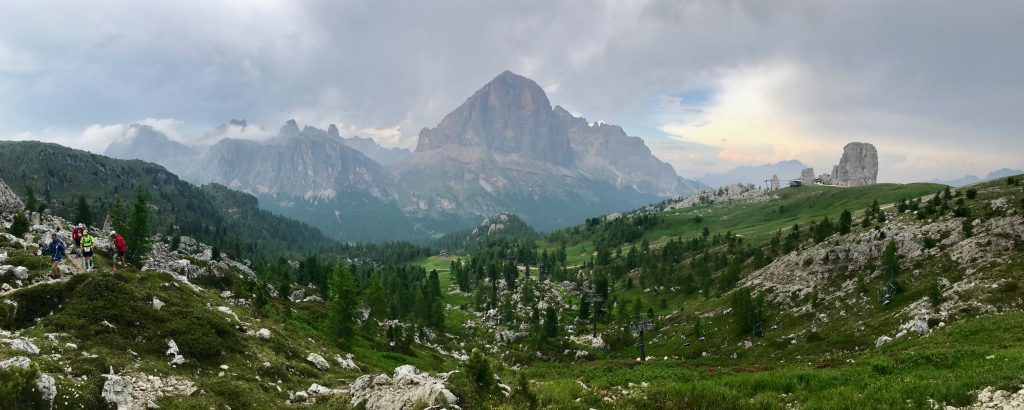
The final descent was a 1000m drop over 10km with the hazy lights of Cortina far in the valley below. Living in Dunedin offers good training for these kinds of steep, technical descents and with my knees still in good nick, I was able to capitalise on all my time spent in my training ground. I passed one person after another as the darkness set in and the drizzle turned to rain. There was a final sprint through the main street of Cortina, as the commentators at the finish line yelled in Italian with endless excitement, the only words of which I could understand were a loud and cheerful “New Zealand!” I was so happy to see the whanau again, and that I had managed to overcome my darkest moments to keep calm and carry on. It was all worth it for the free beer. Race ranking – 528th, after 23hrs and 17mins.
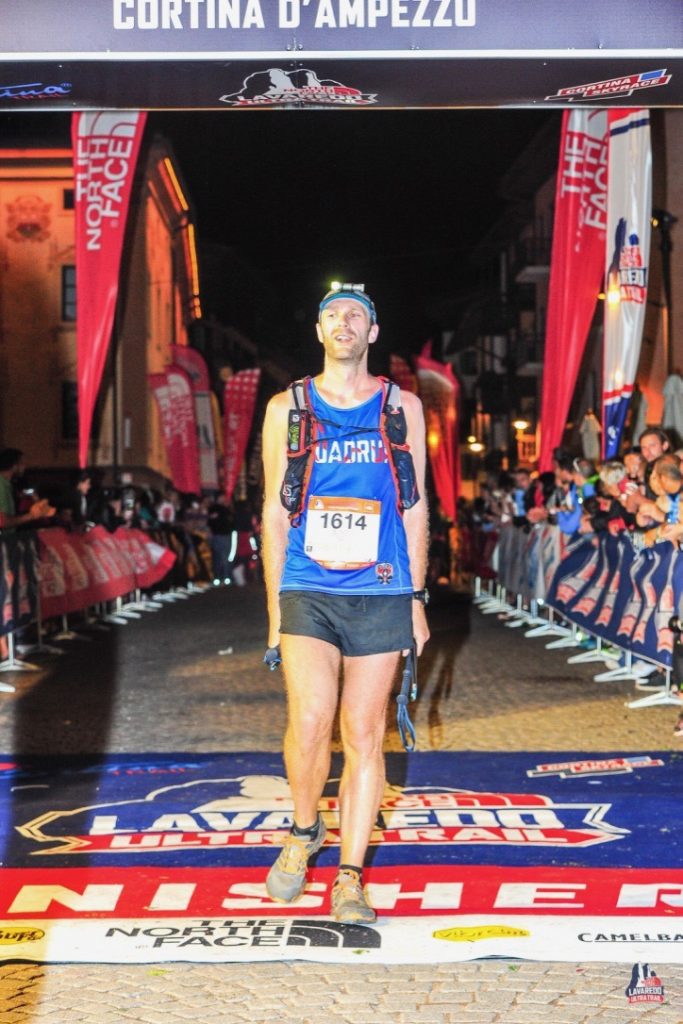
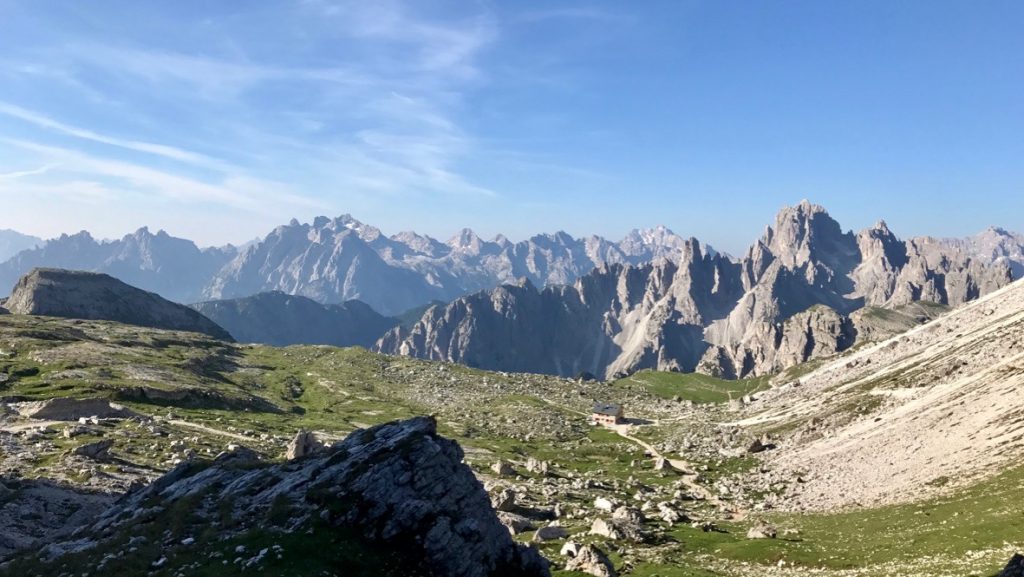
I always have difficulty explaining to people why I run ultras. Ultimately it’s because I love being in the mountains, and this enables be to do things and go places I would otherwise not have time for. But as all ultra runners know, there’s so much more to it that is just too difficult to explain, and goes beyond any rational thinking. While I ran though the Dolomites I thought about how stunning the landscape was while also telling myself this was a stupid thing to do and that I will never do it again. I also knew that it wouldn’t take long for all the memories of the pain and suffering I went through to all be gone and all I would be left with are the memories of what an incredible time I had. It took less than two days for these memories to fade and I was already looking for the next race. Our month in Italy was the best holiday we’ve had, and Lavaredo the best race I’ve done. I hope I can do it again some day and beat my 20hr goal, but with Kerry and Ali’s help I have other races to look forward to.
